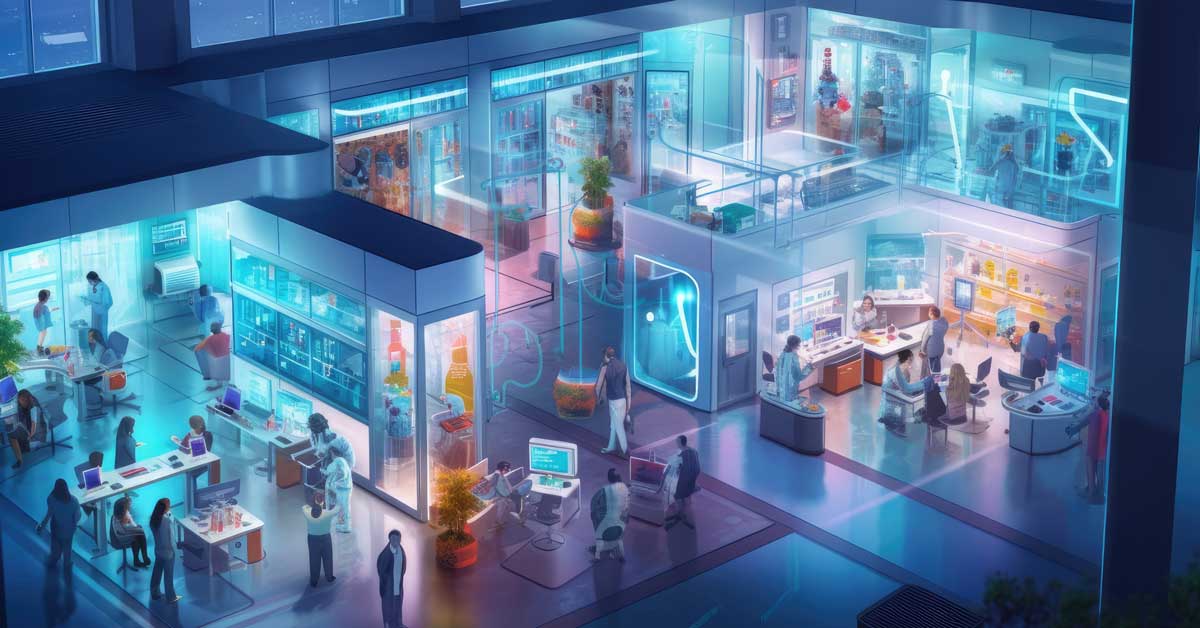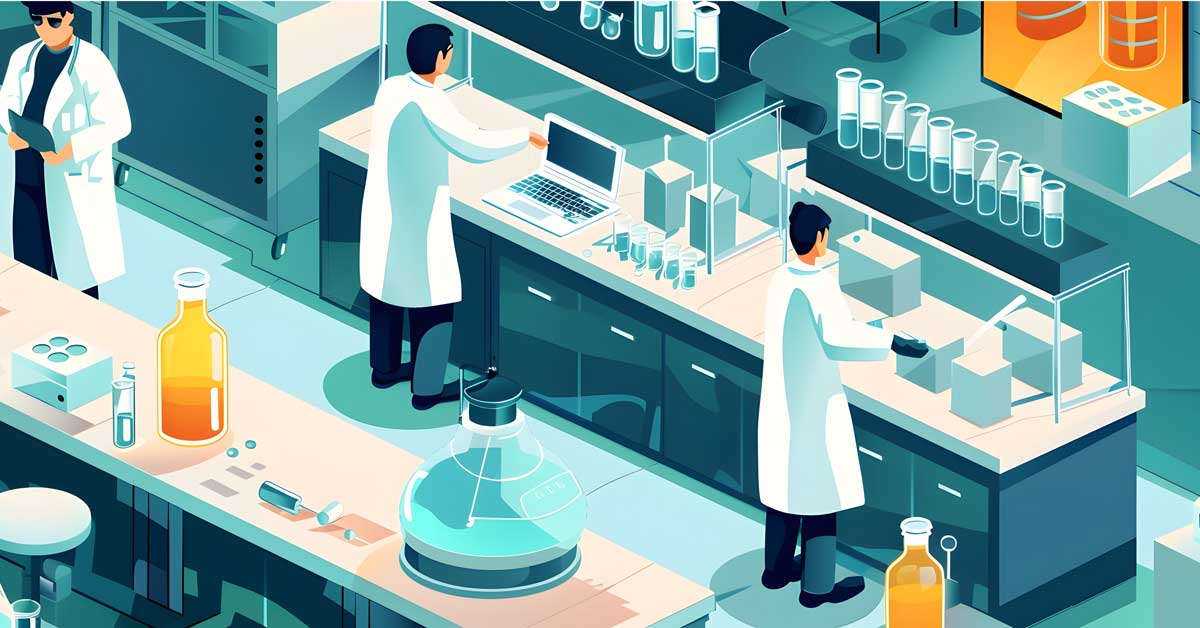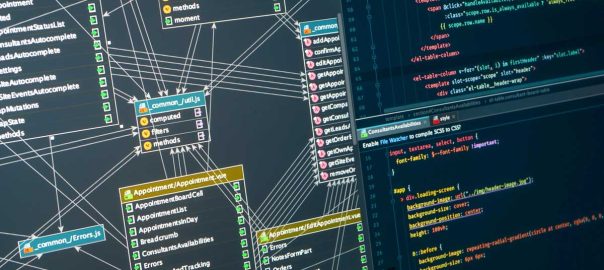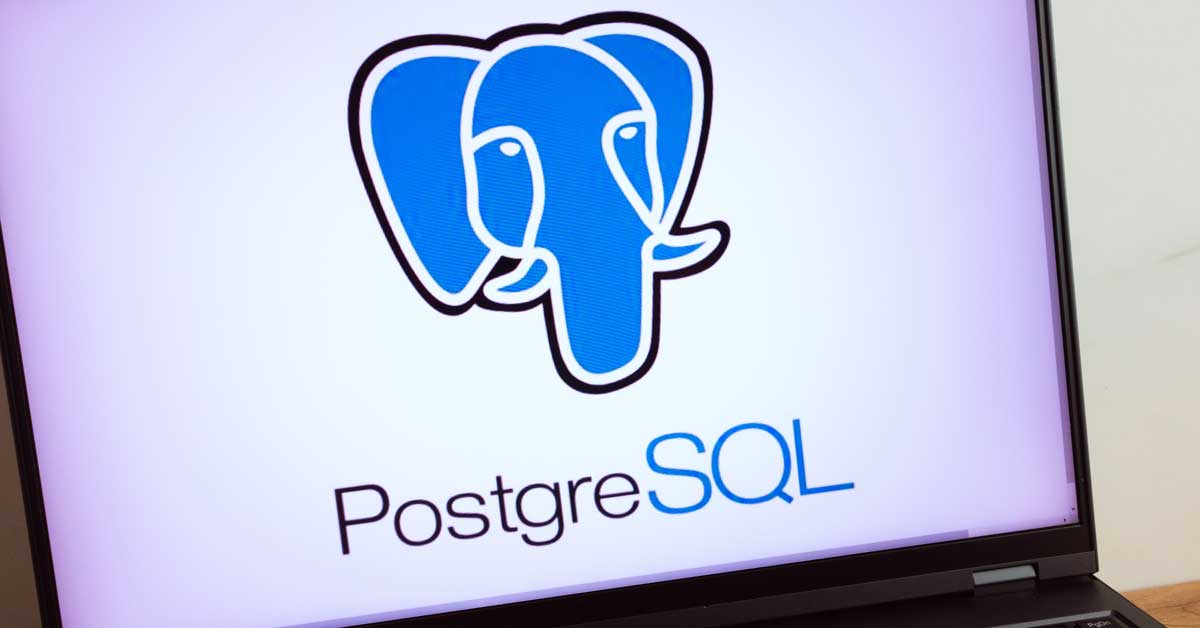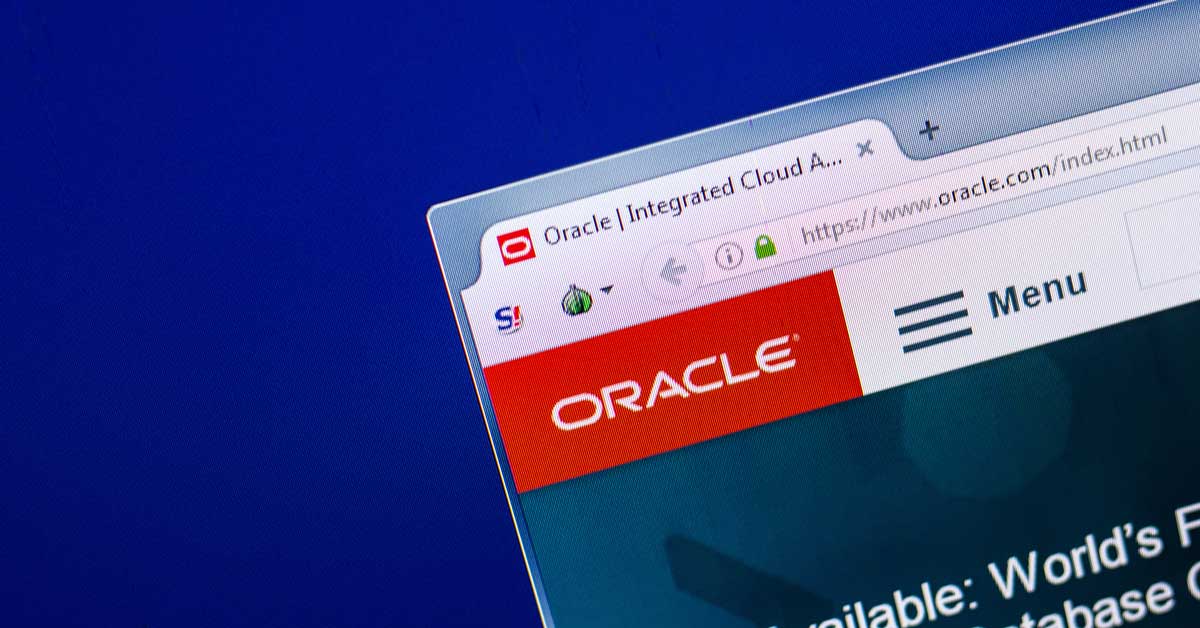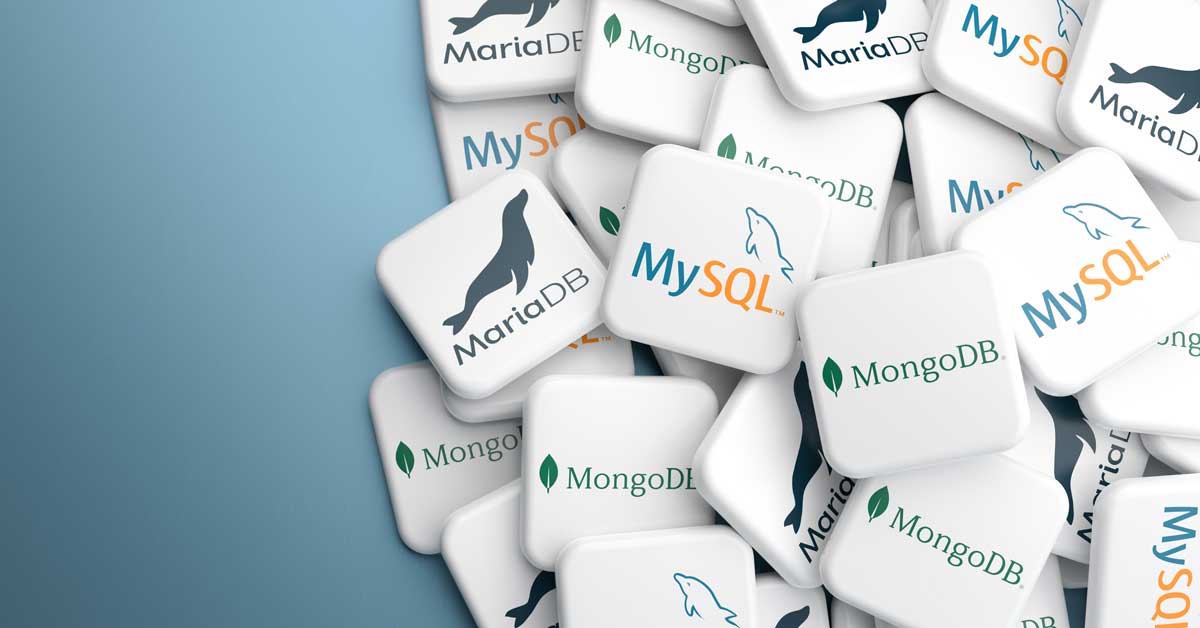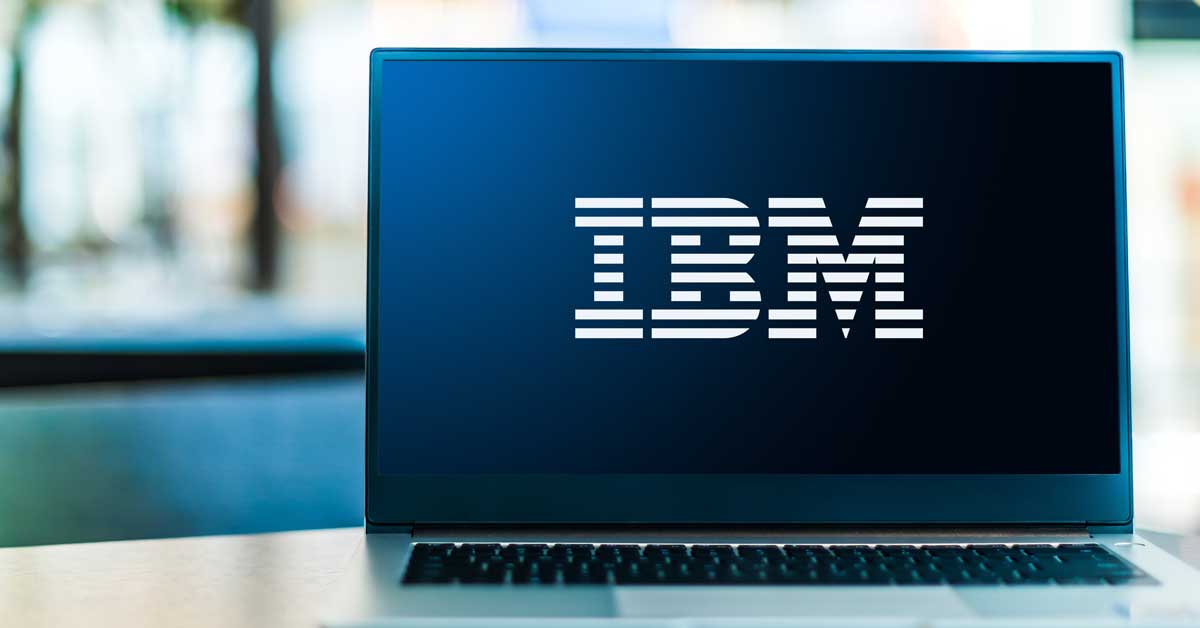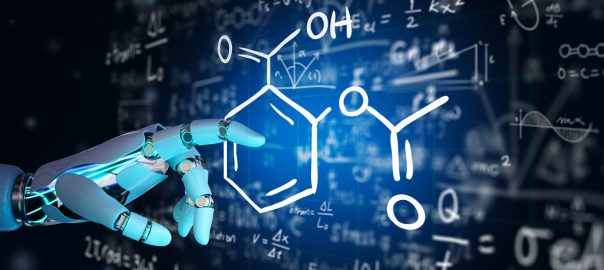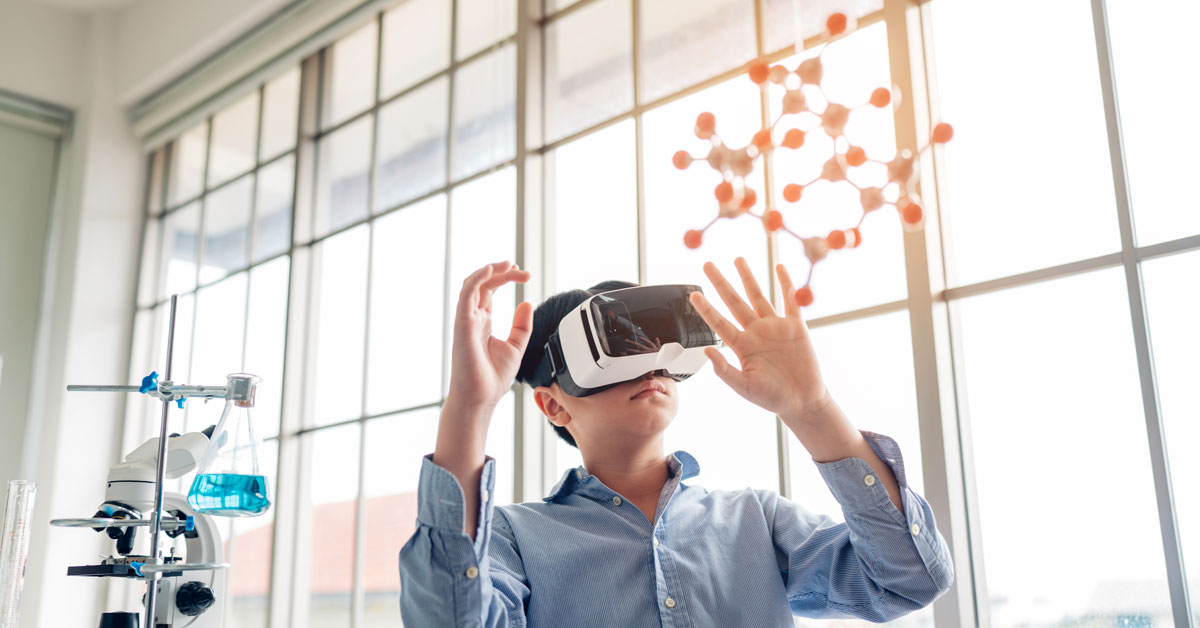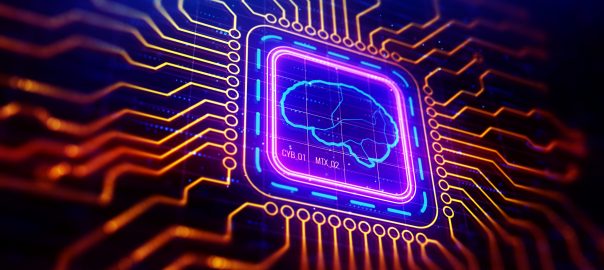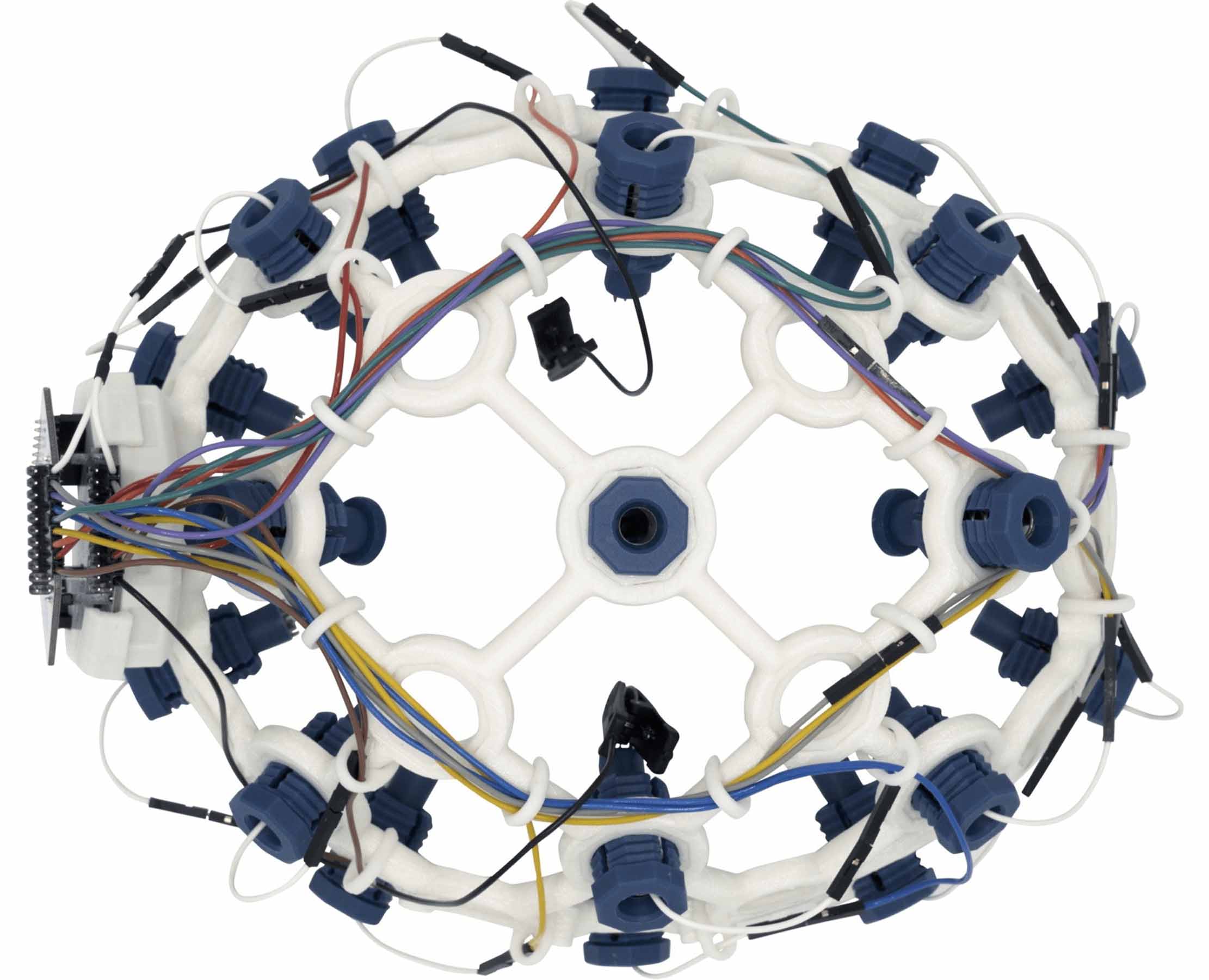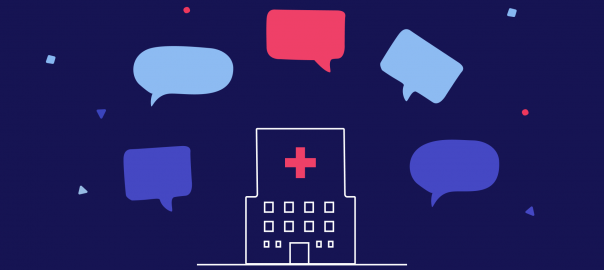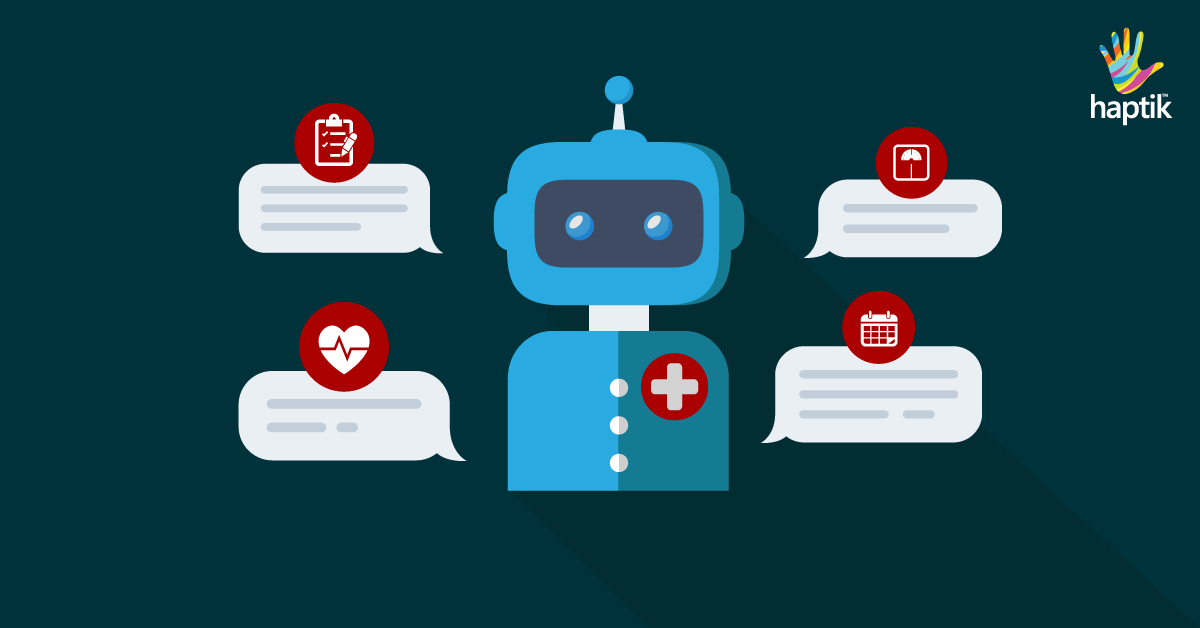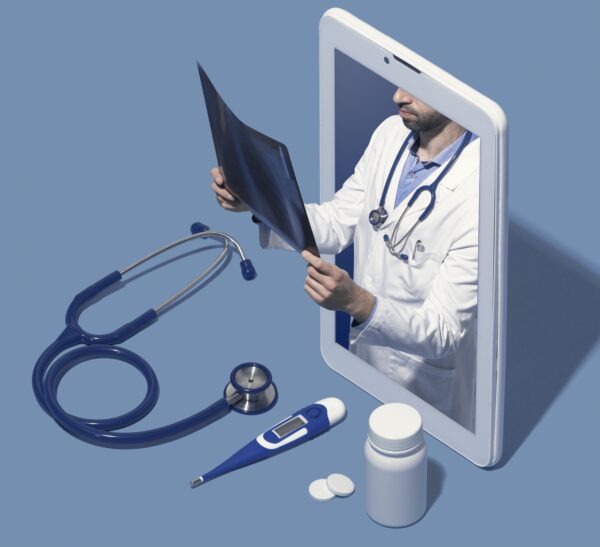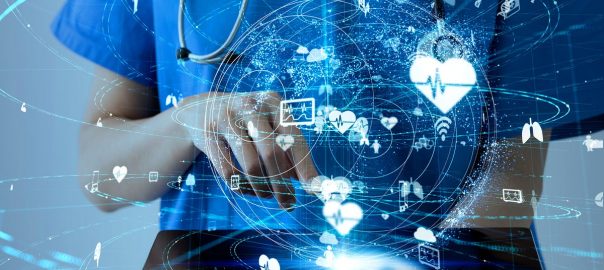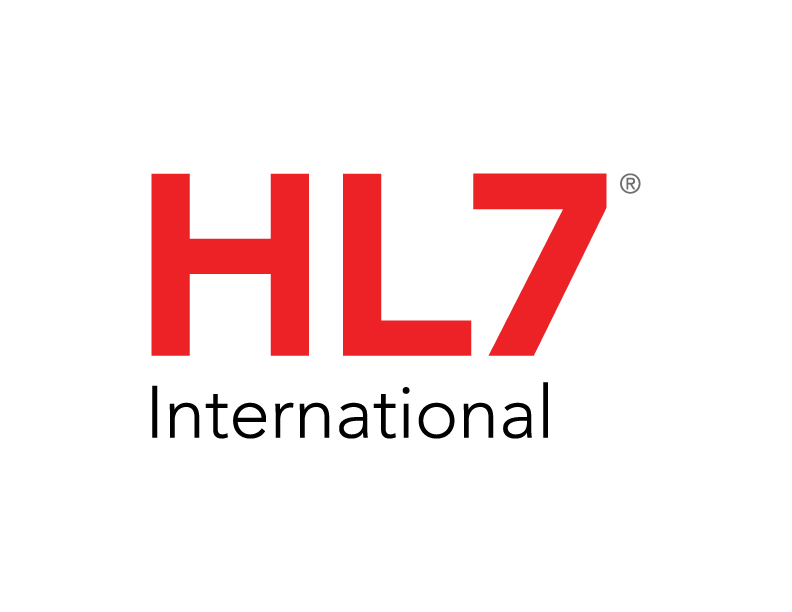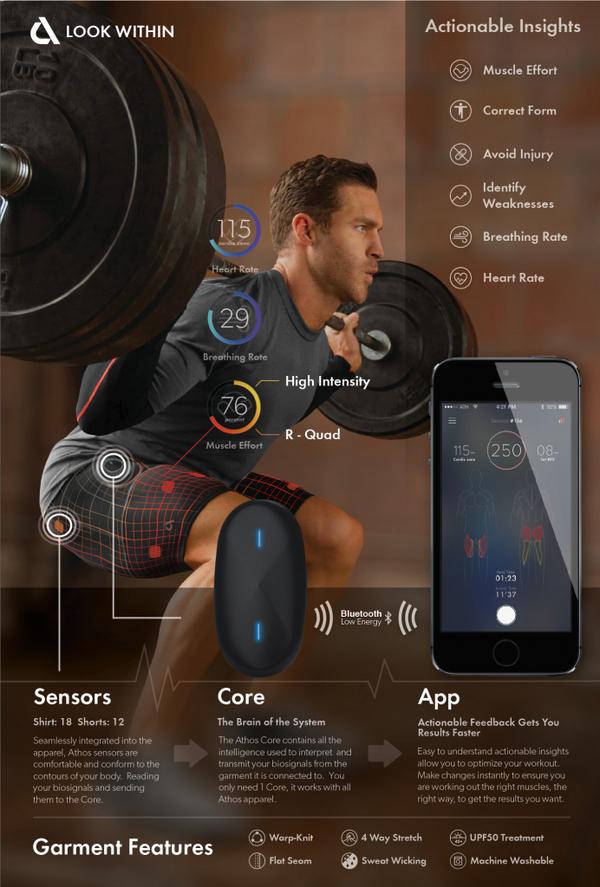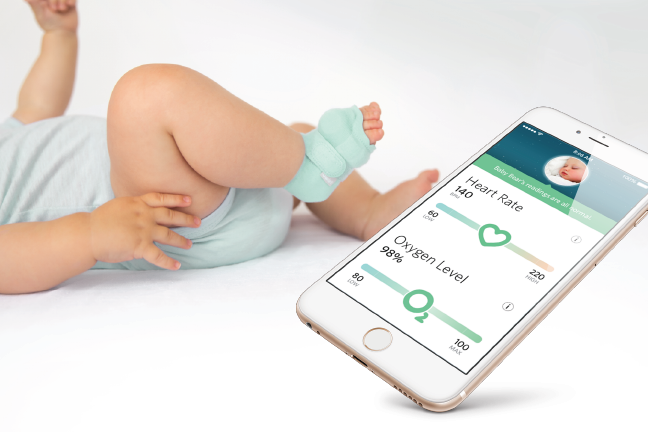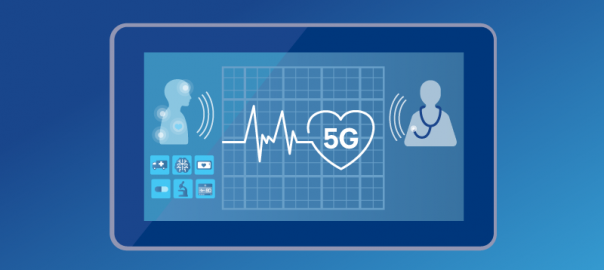
In today’s rapidly evolving technological landscape, the intersection of biotechnology and bioinformatics is paving the way for monumental advancements in biopharmaceutical production. These fields leverage cutting-edge technologies to improve the efficiency and efficacy of drug development processes, enabling the creation of more effective therapeutics tailored to individual patient needs. For technology executives, business owners, and tech influencers, understanding these innovations is crucial, as they drive not only competitive advantage but also the industry’s sustainable growth. The integration of biotechnology with bioinformatics is facilitating the analysis of large datasets through computational tools, allowing for more informed decisions in research and development.
In this blog, we explore how biotechnology and bioinformatics are transforming the biopharmaceutical industry, detailing their benefits, which include reduced time to market and minimized costs, as well as the significant challenges they present, such as data privacy concerns and the need for cross-disciplinary expertise. Furthermore, we will delve into the future potential of these fields, envisioning a world where personalized medicine and advanced therapeutic solutions can redefine patient care and treatment outcomes.
What is Biopharma?
Biopharmaceuticals, also known as biologics, are medical products made from biological sources like blood components, proteins, and nucleic acids.
Biotechnology plays a key role in developing these products, allowing the pharmaceutical industry to create targeted treatments. This precision helps improve the global bio-economy through advancements in vaccines and other biopharmaceuticals.
Biotechnology and Bioinformatics A Game-Changer for Biopharmaceuticals
Biotechnology harnesses cellular and biomolecular processes to develop innovative technologies and products aimed at improving lives and health on a global scale. This field encompasses a wide range of applications, from the development of vaccines and genetically modified organisms to advanced therapies for chronic diseases. By manipulating biological systems at the molecular level, biotechnology enables the creation of highly targeted therapies that can address the specific needs of patients. These advancements not only contribute to better health outcomes but also open new avenues for research and development in various areas of medicine.
Meanwhile, bioinformatics plays a critical role in the management and analysis of vast amounts of biological data generated in the life sciences. By employing computational tools and algorithms, bioinformatics facilitates the investigation of complex biological systems and processes. This discipline allows researchers to decode genomic sequences, identify patterns within biological data, and derive meaningful insights that can inform drug development. The synergy between biotechnology and bioinformatics leads to a deeper understanding of disease mechanisms and the identification of novel therapeutic targets, which can significantly enhance the drug discovery process.
When these two fields are combined, they create groundbreaking possibilities for biopharmaceutical production. Biotechnology aids in the modification and engineering of biological molecules, such as proteins and nucleic acids, for therapeutic use. This process often involves the use of recombinant DNA technology, which enables the production of biologics that can precisely target disease-related pathways. Bioinformatics supports these efforts by analyzing molecular data to optimize drug development, assessing the efficacy of therapeutic candidates, and identifying potential side effects early in the pipeline. Together, biotechnology and bioinformatics streamline the drug discovery process, making it not only faster but also more efficient, reducing the overall time to market for critical therapeutics. This integration enhances the ability to create personalized medicine solutions, ultimately transforming patient care and improving treatment outcomes.
The Impact of Biotechnology on Biopharmaceutical Production

Biotechnology is essential for developing biopharmaceuticals, fundamentally transforming modern medicine. By leveraging the capabilities of living organisms, scientists can create innovative drugs and treatments for a range of medical conditions. This approach leads to the production of crucial therapeutic products such as monoclonal antibodies, vaccines, and recombinant proteins, which are vital in treating various diseases, including cancer and autoimmune disorders. Monoclonal antibodies are designed to target specific cells in the body, providing potent therapeutic effects with minimized side effects compared to traditional treatments.
Additionally, biotechnology allows for the engineering of microorganisms to produce complex proteins efficiently, enhancing availability and reducing production costs. With advancements in methods like fermentation and cell culture, large-scale production of biopharmaceuticals is achievable, ensuring a consistent supply and improving access to essential treatments for patients globally. Ultimately, biotechnology advances the efficacy, specificity, and reliability of drug development and biopharmaceutical production.
Bioinformatics Enhancing Drug Development Efficiency

Bioinformatics is indispensable in the modern biopharmaceutical industry, serving as a vital instrument in the multifaceted processes of drug discovery and development. It encompasses the collection, storage, and analysis of vast amounts of biological data, enabling researchers to gain critical insights that aid in identifying new drug targets and unraveling complex disease mechanisms. This data-driven approach not only streamlines the research process but also accelerates the time it takes to bring new therapies to market while effectively reducing associated costs.
One significant application of bioinformatics is in the field of genomics. By meticulously analyzing genetic information from patients, scientists can detect genetic mutations that may be linked to specific diseases, providing invaluable information that can lead to the development of personalized medicine. Personalized medicines are tailored to an individual’s genetic makeup, allowing for more effective and targeted treatments that increase their likelihood of success. This method not only enhances therapeutic efficacy but also minimizes the risk of adverse effects, as treatments can be specifically designed to align with the unique biology of the patient.
Furthermore, bioinformatics tools are pivotal in modeling the interactions between drugs and their biological targets. Such simulations aid in predicting the efficacy and potential side effects of new drugs before they progress to clinical trials. By creating detailed computational models, researchers can explore how drugs interact at the molecular level, leading to more informed decisions throughout the drug development continuum. This predictive capability saves significant time and resources, allowing pharmaceutical companies to allocate their efforts more strategically and focus on the most promising candidates. As bioinformatics continues to evolve, its integration into the biopharmaceutical landscape will undoubtedly enhance the efficiency and quality of drug development, ultimately benefiting patients worldwide.
Synergy Between Biotechnology and Bioinformatics
The collaboration between biotechnology and bioinformatics is a powerful catalyst for innovation in biopharmaceutical production. Bioinformatics provides the necessary computational power and analytical tools to make sense of the vast amounts of biological data generated by biotechnological research.
For example, bioinformatics can analyze the genetic sequences obtained through biotechnological methods to identify potential drug targets. It can also predict how modifications to these targets might affect their function, guiding biotechnologists in designing more effective treatments.
This synergy extends to clinical trials. By integrating bioinformatics with biotechnological processes, researchers can monitor patient responses in real-time, adjusting treatments as needed. This adaptive approach improves patient outcomes and accelerates the approval of new therapies.
The Advantages and Challenges of Biotech and Bioinformatics

Advantages
While the integration of biotechnology and bioinformatics offers numerous benefits, it also presents challenges that need to be addressed. The combination of these fields drives innovation, leading to the development of novel therapies and treatments, while bioinformatics accelerates the drug discovery process, effectively reducing the time and cost associated with bringing new drugs to market. Furthermore, advances in genomics and bioinformatics enable the development of personalized medicines, which significantly improve treatment outcomes for patients. However, to fully realize these advantages, continuous efforts must be made to tackle issues such as data privacy, the need for interdisciplinary collaboration, and the adaptation of regulatory frameworks to keep pace with rapid technological advancements.
Challenges
The combination of biotechnology and bioinformatics faces several challenges that need to be addressed to fully harness their capabilities. One major issue is data management, as the sheer volume of information produced by bioinformatics can be daunting. Therefore, establishing robust data management systems is crucial for effectively interpreting this data. Additionally, ethical issues related to the use of genetic information raise important questions surrounding privacy and consent, making it essential to create guidelines that safeguard patient information. Finally, successfully merging these fields requires specialized expertise and skills, underscoring the need for comprehensive training and education to enable professionals to make the most of these technologies.
Future Prospects for Drug Discovery and Development

The future of biotechnology and bioinformatics in biopharmaceutical production is promising. These fields are poised to revolutionize drug discovery and development, offering new opportunities for innovation and improved patient care.
One exciting prospect is the use of artificial intelligence (AI) in bioinformatics. AI can analyze complex biological data faster and more accurately than traditional methods, identifying potential drug targets and predicting treatment outcomes. This could significantly speed up the drug discovery process and reduce costs.
Furthermore, advancements in CRISPR technology, a powerful tool for gene editing, hold great potential for developing new therapies. Combining CRISPR with bioinformatics allows researchers to precisely target genetic mutations, offering hope for treating previously incurable diseases.
Another area of interest is the development of biosensors. These devices can monitor a patient’s biological markers in real time, providing valuable data on treatment efficacy and disease progression. Integrating biosensors with bioinformatics could lead to more personalized and effective treatments.
Leading Innovators in Biopharmaceutical Biotechnology
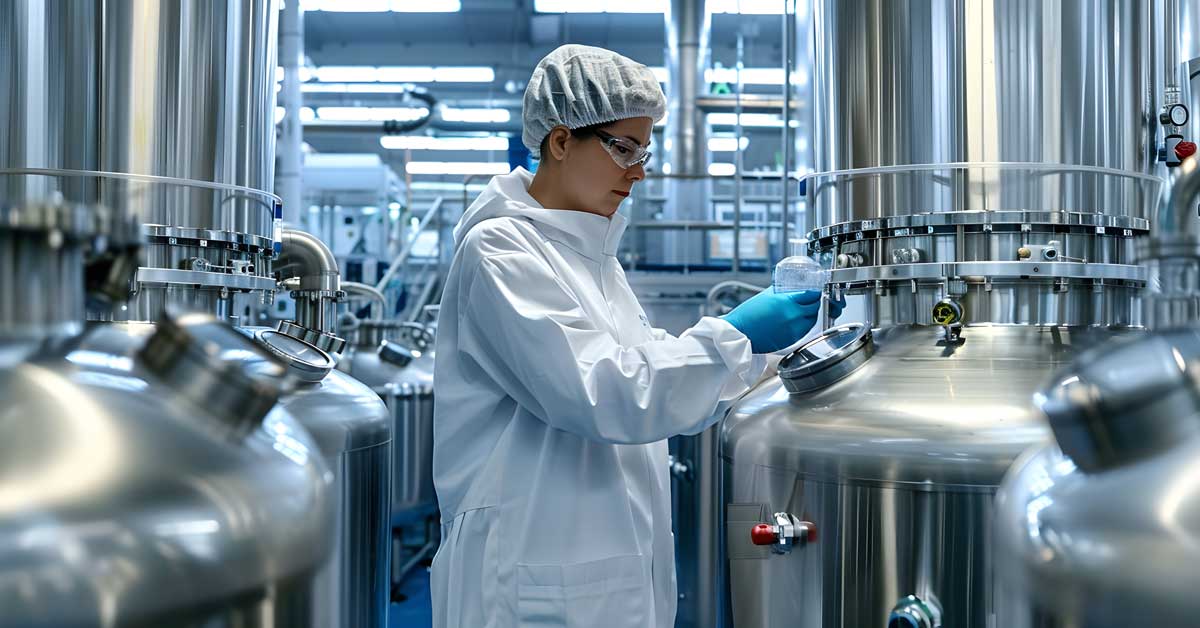
Numerous companies are at the forefront of utilizing biotechnology to produce biopharmaceuticals, continuously pushing the limits of innovation and transforming the healthcare landscape. Genentech emerges as a trailblazer among these industry leaders, renowned for its unwavering commitment to pioneering therapies for severe medical conditions. By focusing on the development of monoclonal antibodies, Genentech has fundamentally altered treatment paradigms, especially in oncology, providing new hope for cancer patients through targeted therapies.
Biogen is another key player making significant strides in the field, with a dedicated focus on addressing neurological disorders. Leveraging cutting-edge gene therapy techniques alongside robust bioinformatics tools, Biogen strives to design treatments that precisely target intricate neurological conditions, thereby enhancing the efficacy and safety of their therapies.
Additionally, Regeneron Pharmaceuticals distinguishes itself through its groundbreaking contributions to monoclonal antibody development and genetic engineering. By seamlessly integrating bioinformatics into their research processes, Regeneron has successfully formulated innovative treatments catering to various medical conditions, including chronic eye diseases and allergic reactions. Their continued emphasis on reliable data-driven research is setting a benchmark for the biopharmaceutical industry, illustrating the immense potential of biotechnology in advancing healthcare solutions.
Conclusion
The integration of biotechnology and bioinformatics is transforming biopharmaceutical production, offering new possibilities for developing innovative therapies and improving patient outcomes. By leveraging these technologies, businesses can stay at the forefront of medical advancements and maintain a competitive edge.
In our next blog post, we will explore the role of biotechnology and bioinformatics in medical diagnostics and imaging. Stay tuned to learn how these fields are revolutionizing the way we diagnose and treat diseases. With the rapid pace of technological advancements, it is an exciting time to be involved in the biopharmaceutical industry. By staying informed and leveraging these cutting-edge technologies, businesses can drive innovation and make a meaningful impact on healthcare.
For those looking to deepen their understanding and explore the practical applications of biotechnology and bioinformatics, we encourage you to continue following our blog and engage with our community of experts.

